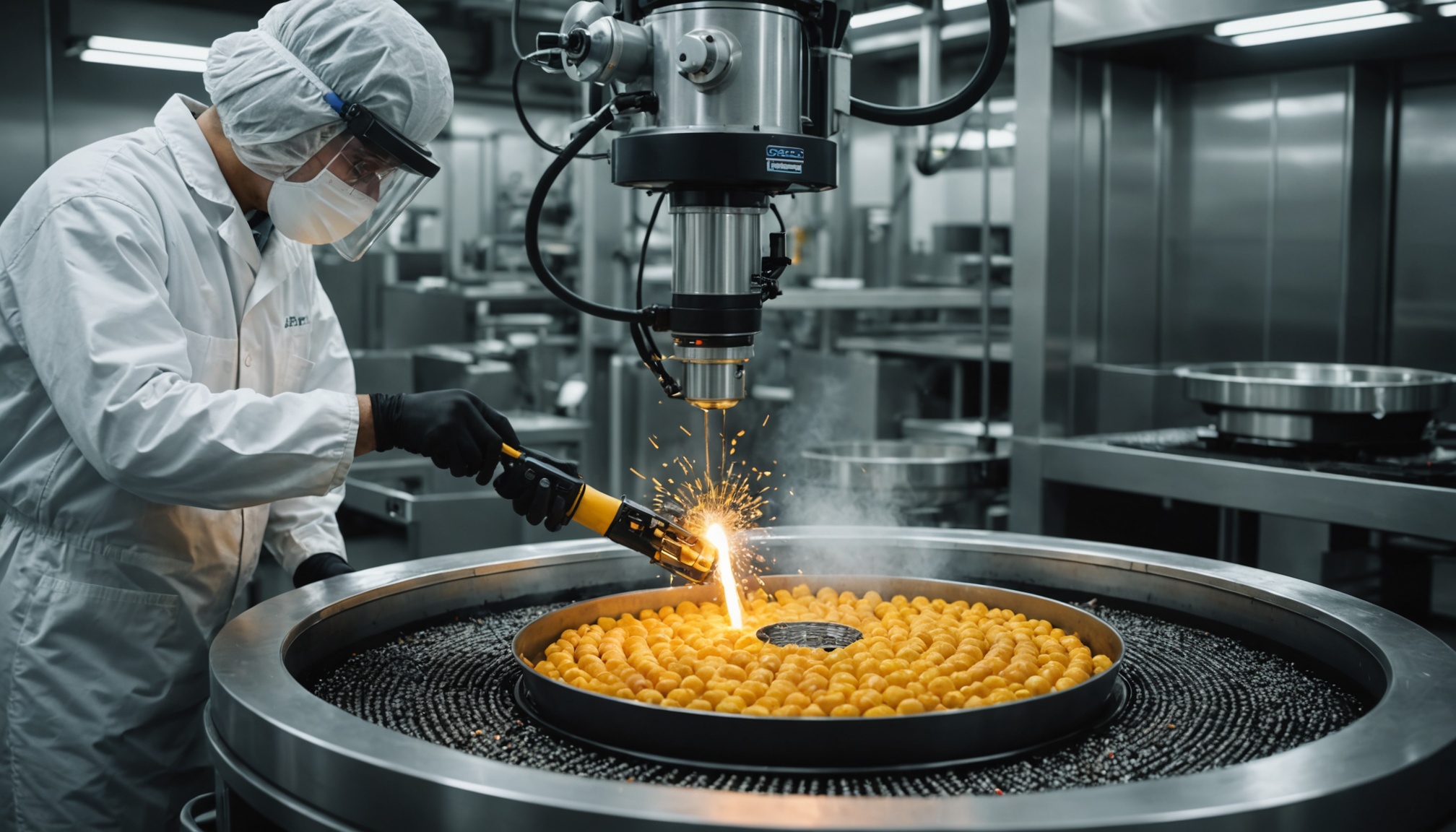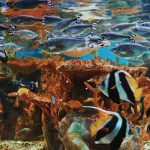Hatchery operations have evolved significantly with the integration of automation solutions that streamline processes and enhance productivity. These innovations not only improve efficiency but also support conservation efforts, as seen in initiatives like the Whitby Lobster Hatchery. By embracing technology, hatcheries can better nurture aquatic life while contributing to sustainable practices that protect native ecosystems and support local economies. Explore how these advancements are shaping the future of hatchery management.
Overview of Hatchery Operations
Hatchery operations play a crucial role in both aquaculture and the poultry industry. These facilities enhance food production, ensure species conservation, and support economic growth. Hatcheries like fish, poultry, and shellfish cater to diverse needs. Fish hatcheries focus on breeding and rearing fish in controlled environments to bolster wild populations and commercial output.
A lire aussi : What are the pros and cons of microchipping your pet reptile?
Poultry hatcheries, significant in the commercial sphere, employ stringent temperature and humidity controls for egg incubation. The process symbolizes modern agricultural efficiency, often producing millions of chicks annually. For detailed information, this page offers insights: https://www.ecat-id.com/en. Shellfish hatcheries, meanwhile, contribute to both economic and ecological objectives, particularly in preserving vulnerable species like lobsters as seen in the Whitby Lobster Hatchery.
The use of hatcheries extends beyond production, providing a means for effective conservation efforts. Hatcheries not only bolster species numbers but also integrate scientific advances in hatching technology and methods. This blend of industrial productivity and conservation illustrates the indispensable nature of hatcheries within today’s global ecological and economic frameworks.
A lire en complément : Can Jack Russell Terriers excel in dog agility competitions?
Understanding Hatchery Processes
H3 – Detailed Explanation of Hatchery Workflows
Hatcheries serve as vital hubs in both conservation and production ecosystems, catering to species like fish, poultry, and turtles. Each operation typically starts with the collection of fertilized eggs, which are carefully sorted to remove any that are damaged or infertile. Proper sorting is crucial for maximizing the hatch rate and subsequent growth. In fish hatcheries, the eggs are incubated in tanks with controlled water flows, ensuring optimal oxygen levels. Monitoring equipment is often used to maintain the ideal temperature and chemical balance.
H3 – Stages of the Hatchery Process from Egg to Hatchling
The journey from egg to hatchling involves several stages, each with its own set of specific requirements. Initially, eggs are incubated under controlled conditions appropriate to their species. Over time, embryos develop within the eggs, requiring continuous observation of factors like temperature and humidity. Once the incubation period ends, eggs transition to hatching trays or baskets. Here, hatchlings emerge and are moved to designated rearing areas. Specialized feeds are then introduced, tailored to support the early growth stages.
H3 – Effective Egg Incubation Methods and Their Importance
Egg incubation lies at the heart of successful hatchery operations. Methods vary with species but generally involve sophisticated incubators that regulate environmental conditions. The temperature is precisely maintained to avoid developmental issues, while humidity prevents eggs from drying out. Ventilation ensures adequate oxygen supply. Many modern incubators use automated systems, enhancing consistency and reducing manual labor. The success of these methods significantly influences hatchling health and sustainability outcomes. This efficiency aids both economic gains and conservation goals by improving survival rates in artificial rearing conditions.
Technologies and Innovations in Hatcheries
Overview of Essential Hatching Equipment
Hatching equipment and technology form the backbone of any hatchery operation, serving both ecological and commercial objectives. Key equipment includes incubation machines that precisely regulate temperature and humidity, essential for egg incubation methods across various species. Additionally, egg turning equipment ensures even warmth distribution, critical for healthy embryo development. Egg candlers are used to monitor fertility and detect any developmental issues early on, enabling higher success rates.
The Role of Technology in Modern Hatchery Efficiency
Innovations in hatchery technology have significantly refined operations, boosting efficiency and output quality. Intelligent control systems automate routine check-ups, adjusting conditions in real-time for optimal results. Advanced hatchery automation systems integrate data analytics and predictive modeling, driving smarter decision-making processes. This integration not only enhances productivity but also aligns with sustainable hatchery practices by minimizing resource wastage.
Managing Hatchery Operations with Software Solutions
Hatchery management software is pivotal in streamlining operations, offering tools for comprehensive data tracking and analysis. These solutions facilitate inventory management, workflow scheduling, and compliance monitoring, supporting robust biosecurity measures. Powerful cloud-based platforms ensure real-time access to critical information, enabling proactive management and fostering collaboration among team members. By enhancing transparency and accountability, these innovations ultimately fortify the entire hatchery supply chain.
Best Practices and Sustainability in Hatchery Management
Implementing Sustainable Practices in Hatcheries
Sustainable hatchery practices are vital to balancing ecological conservation and economic viability. They involve meticulous strategies to maintain environmental balance while supporting local communities. For instance, hatcheries like the Whitby Lobster Hatchery incorporate sustainable methodologies by releasing juvenile lobsters back into the wild, thus bolstering native marine populations and supporting local fishing economies. Adoption of eco-friendly technologies and waste management systems are crucial to minimizing the environmental footprint of hatchery operations. Additionally, engaging with local stakeholders and fishermen ensures economic benefits are distributed fairly and sustainably.
Understanding Biosecurity in Hatchery Operations
Biosecurity measures are essential to protecting hatchery ecosystems from disease outbreaks and contamination. Effective practices include limiting access to sensitive areas, implementing rigorous sanitation protocols, and using protective equipment to prevent the introduction and spread of pathogens. Continuous monitoring and vaccination programs are also integral to maintaining the health of both the hatchery environment and its inhabitants. By prioritizing biosecurity, hatcheries can safeguard their operations and enhance their reputational credibility, which is crucial for long-term success.
Addressing Common Challenges Faced in Hatchery Management
Hatchery management faces several challenges, including disease control, genetic diversity maintenance, and optimal resource utilization. Mitigating disease risks involves implementing stringent health checks and developing disease-resistant strains. Additionally, managing genetic diversity through careful breeding programs minimizes the risks of inbreeding and preserves species resilience. Efficient resource management, including optimal feed usage and water recycling systems, is necessary to ensure economic and environmental sustainability. By addressing these challenges proactively, hatcheries can drive innovation and sustain their operations efficiently.














